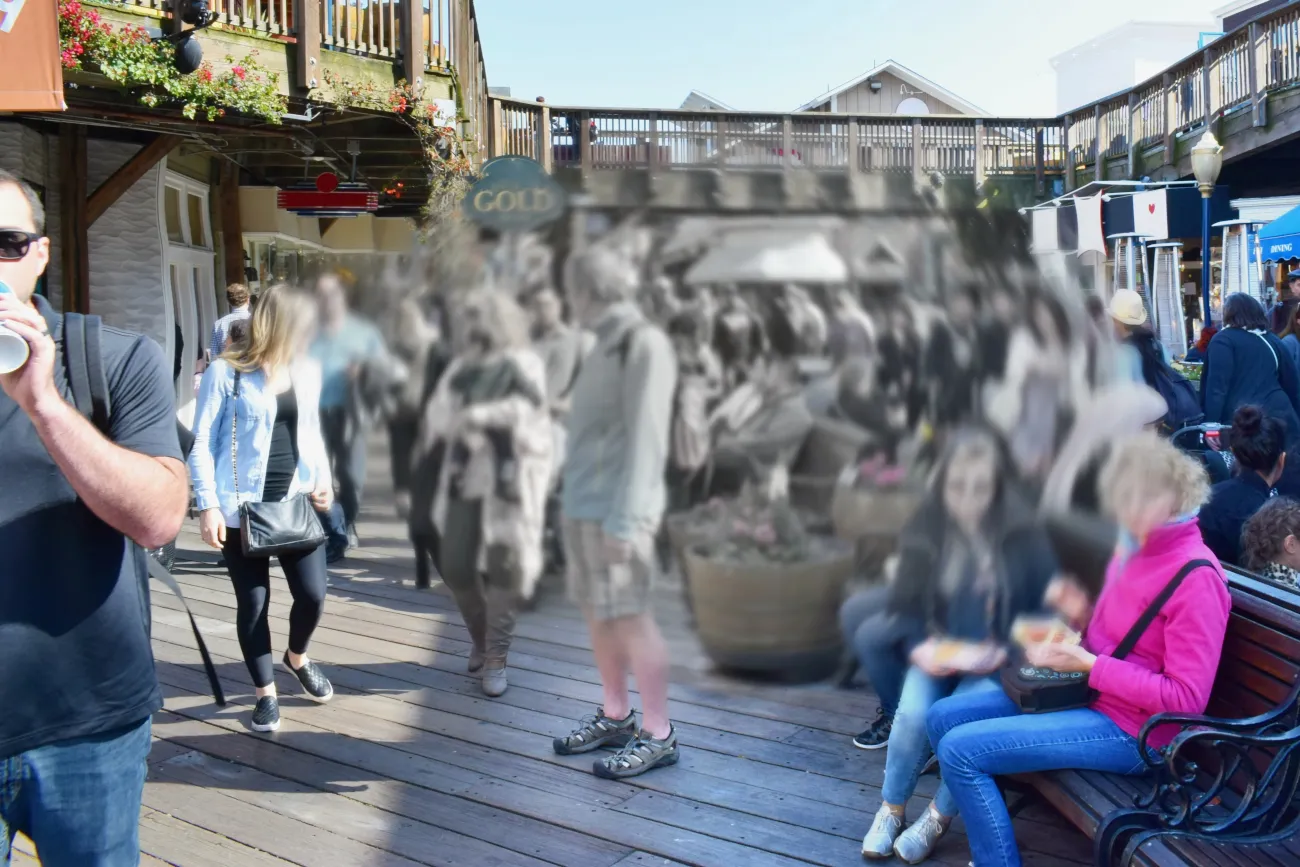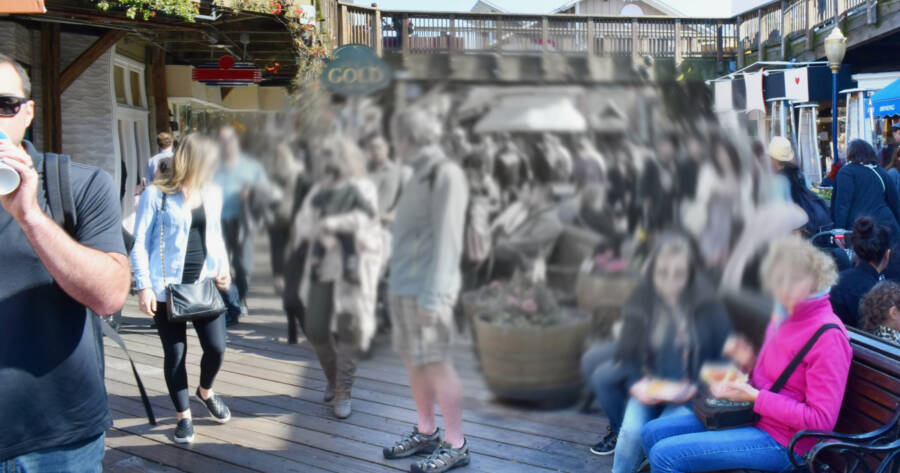Age-Related Macular Degeneration (AMD), specifically the wet type, is a serious eye condition predominantly affecting those aged 60 and over, leading to significant vision loss. As such, it’s imperative for both patients and caregivers to familiarize themselves with its symptoms and treatment methods. Early detection and proper intervention can help maintain optimal vision and uphold one’s quality of life. Fortunately, you can learn everything you need to know about wet AMD with a search online right now, which could help you spot early symptoms.
Recognizing Wet AMD: The Early Symptoms
First, let’s explore how to recognize this condition. Wet AMD is often characterized by a variety of symptoms, including:
- Distortion of straight lines, making structures like door frames appear bent or wavy
- Development of dark, blurry areas in the central vision, often leading to rapidly diminishing sight
- Changes in color perception, affecting routine tasks and overall visual experience
In early stages of wet AMD:
- Symptoms may not be noticeable, emphasizing the importance of regular eye check-ups for older adults
- As the disease advances, central vision might appear blurry or darkened, often disregarded until it impacts daily activities
Other symptoms include:
- Difficulty or discomfort adjusting to different light levels, such as moving from a bright to a dimly lit environment
- Subtle changes in color perception, which may be mistaken for normal age-related vision changes rather than wet AMD
Diagnostic Procedures for Wet AMD
Identifying wet AMD requires thorough testing. Eye care professionals use several tests to diagnose this condition. An Amsler grid, which consists of a pattern of intersecting lines, helps detect distorted vision.
A dilated eye exam can provide a detailed view of the retina and macula, allowing the doctor to spot any abnormalities. For a more precise diagnosis, optical coherence tomography (OCT) or a fluorescein angiography may be employed. These tests can pinpoint the location and extent of the macular damage.
Current Treatment Approaches
Once diagnosed with wet AMD, there are several treatment options available. Anti-VEGF (Vascular Endothelial Growth Factor) therapy is the most common treatment. Regular injections of these medications into the eye can slow the growth of new blood vessels, helping to stop or even reverse vision loss.
Laser therapy is another option, albeit less common. It involves directing laser light onto the retina to seal off leaking blood vessels. While neither treatment can cure AMD, they can help manage its symptoms and slow its progression.
Complementary Therapies
Although anti-VEGF therapy and laser treatment are the standard treatments, there are other complementary therapies. Nutritional supplements with specific vitamins and minerals, as outlined in the AREDS and AREDS2 studies, can help slow the progression of AMD.
Vision rehabilitation can also be an important part of treatment, helping individuals adapt to changes in vision and maintain their independence. Furthermore, there are ongoing clinical trials examining the benefits of combining different therapies to improve treatment outcomes.
Early Detection and Intervention are Crucial
Wet AMD is a challenging condition that can significantly impact vision and daily life. However, with a comprehensive understanding of its symptoms, proper diagnostic measures, and treatment approaches, individuals with this disease can effectively manage its effects.
Furthermore, the promising future developments in wet AMD treatment research signify a beacon of hope for patients and their families. It is always recommended to consult with an eye care professional if any symptoms of wet AMD are present, ensuring early detection and intervention.
 Shutterstock: Tunatura
Shutterstock: Tunatura


